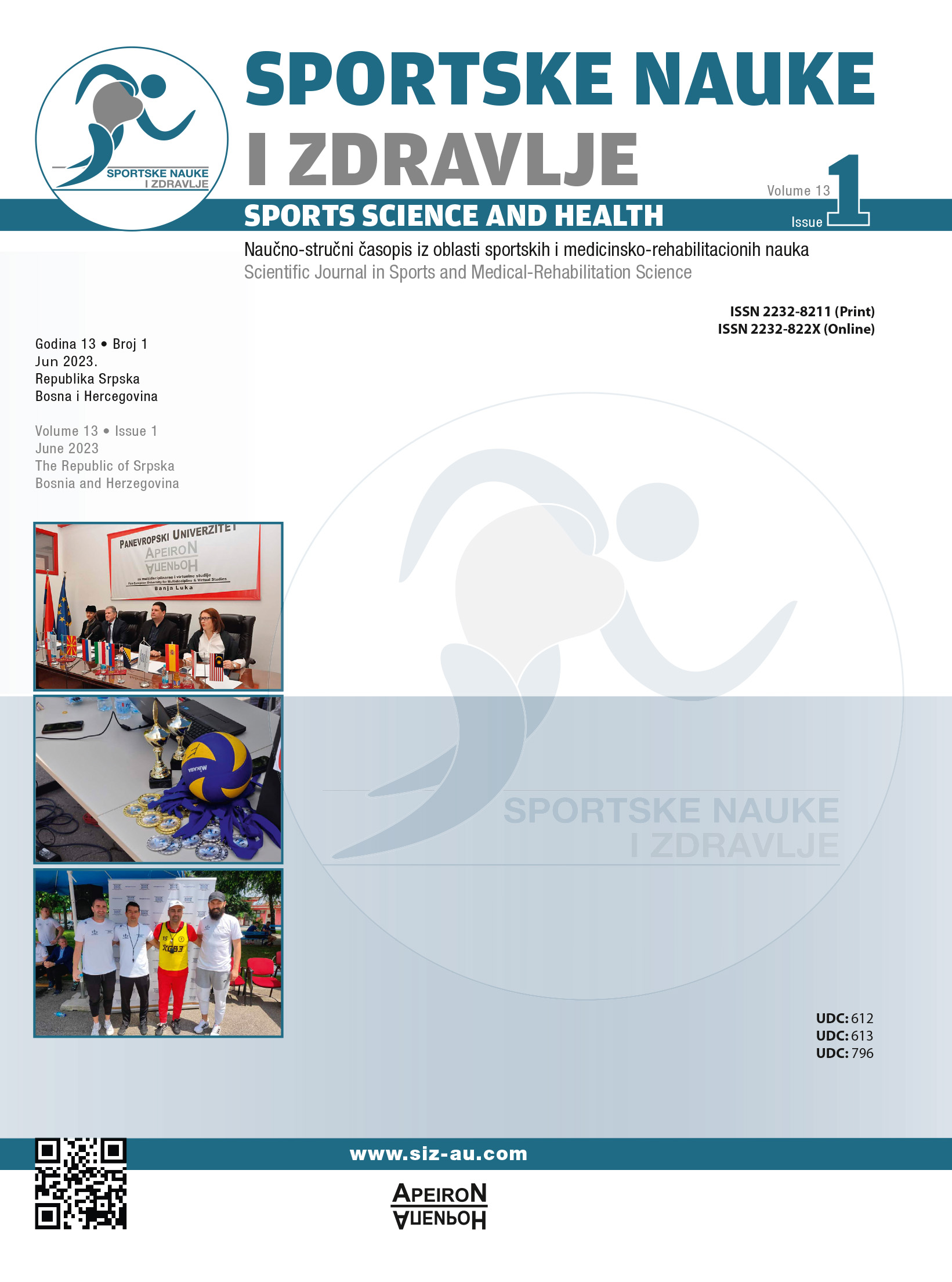Prevalence of High Blood Pressure and Association With Obesity in Macedonian Children Aged 6 Years Old
DOI:
https://doi.org/10.7251/SSH2301040TAbstract
The prevalence of high blood pressure in children is increasing worldwide, largely but not entirely, determined by the concurrent epidemic of childhood obesity. The objectives of this study were to determine the prevalence of prehypertension and hypertension in Macedonian children of 6 years of age and to determine the relationship between the different components of blood pressure (BP) with different adiposity indicators. Cross-sectional study including a sample of 1200 children aged up to 6 years, drawn randomly from several schools from three regions in the Republic of North Macedonia. To achieve the goals of the research, weight, height, the body mass index (BMI), tri-ponderal mass index (TMI), percentage of fat tissue (%FM), systolic and diastolic BP, mean arterial pressure and pulse pressure were measured. The prevalence estimates for prehypertension and hypertension were 6.8% and 13.2%, respectively. In both sexes, adiposity indicators were positively and significantly related to systolic and diastolic BP (p<0.001), so students from higher categories of adiposity had significantly higher BP levels (p<0.001). Our results show a high prevalence of high blood pressure in Macedonian children. Moreover, high levels of adiposity are associated with high blood pressure in early childhood, confirming that this may be associated with cardiovascular risk later in life. Taking into account also lack of exercise and pathologies that may develop also in physiotherapeutic aspect due to this issue.
